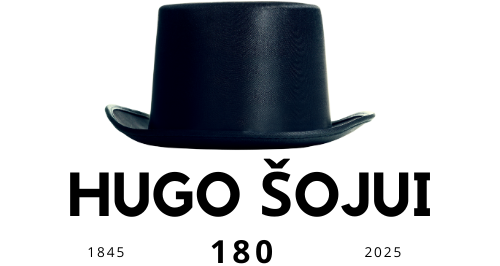
The ethnographic collection at the Šilutė Hugo Scheu Museum began to be accumulated in the late 19th century when Hugo Scheu, a nobleman from Klaipėda, acquired the old manor of Šilokarčema. It is said that the ethnographic collection in the first private museum in the Klaipėda region was the largest and most unique.
In the January 4, 1928 edition of the daily newspaper "Lietuva" (No. 3 (2681)), it is mentioned: “(…) in the large hall, it is already a complete ethnographic and archaeological museum. The old Dr. Scheu has carefully collected many Lithuanian ethnographic items here. A large antique wardrobe is filled with old women's and men's clothing. There is an original bridal wreath with a plume and various women's and girls' head adornments, a wedding triad ornament, a unique men's ear cap, green and multicolored skirts (including one 200-year-old patterned skirt that looks quite modern even today), patterned sleeveless cloaks (pelisses), various belts for men's and women's patterned clothes, men's and women's outerwear, shawls and scarves, beautifully ornamented patterns used to wrap heads in olden times, aprons, socks, shoes, and more. (…)”
In H. Scheu's extensive ethnographic collection, there were also pieces of furniture, various household items, work tools, men's and women's clothing, collections of fabrics and textiles, clothing details, and lighting devices…
In 1944, when the Red Army occupied the manor premises, most of the ethnographic collection disappeared or was destroyed. The Šilutė Hugo Scheu Museum takes pride in the preserved items specific to Little Lithuania, including wrought iron and wooden bridal shower chandeliers, unique hundred-pattern and textual ribbons, the most beautiful part of the local women's costume - delmonas, work tools, furniture, textiles, and many other ethnographic items that excellently reflect the ethnic cultural traditions and lifestyle peculiarities of the Lithuanians.
